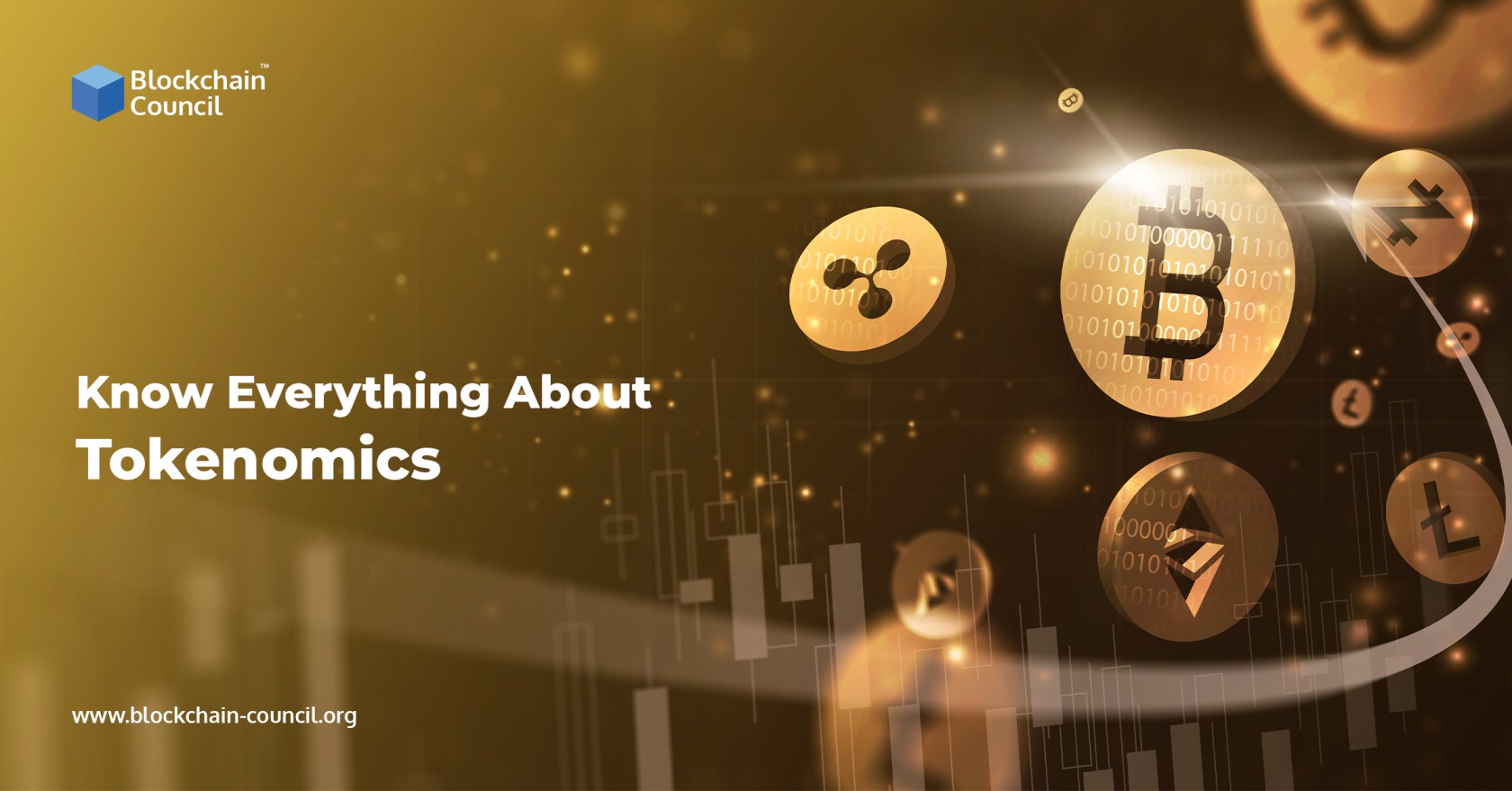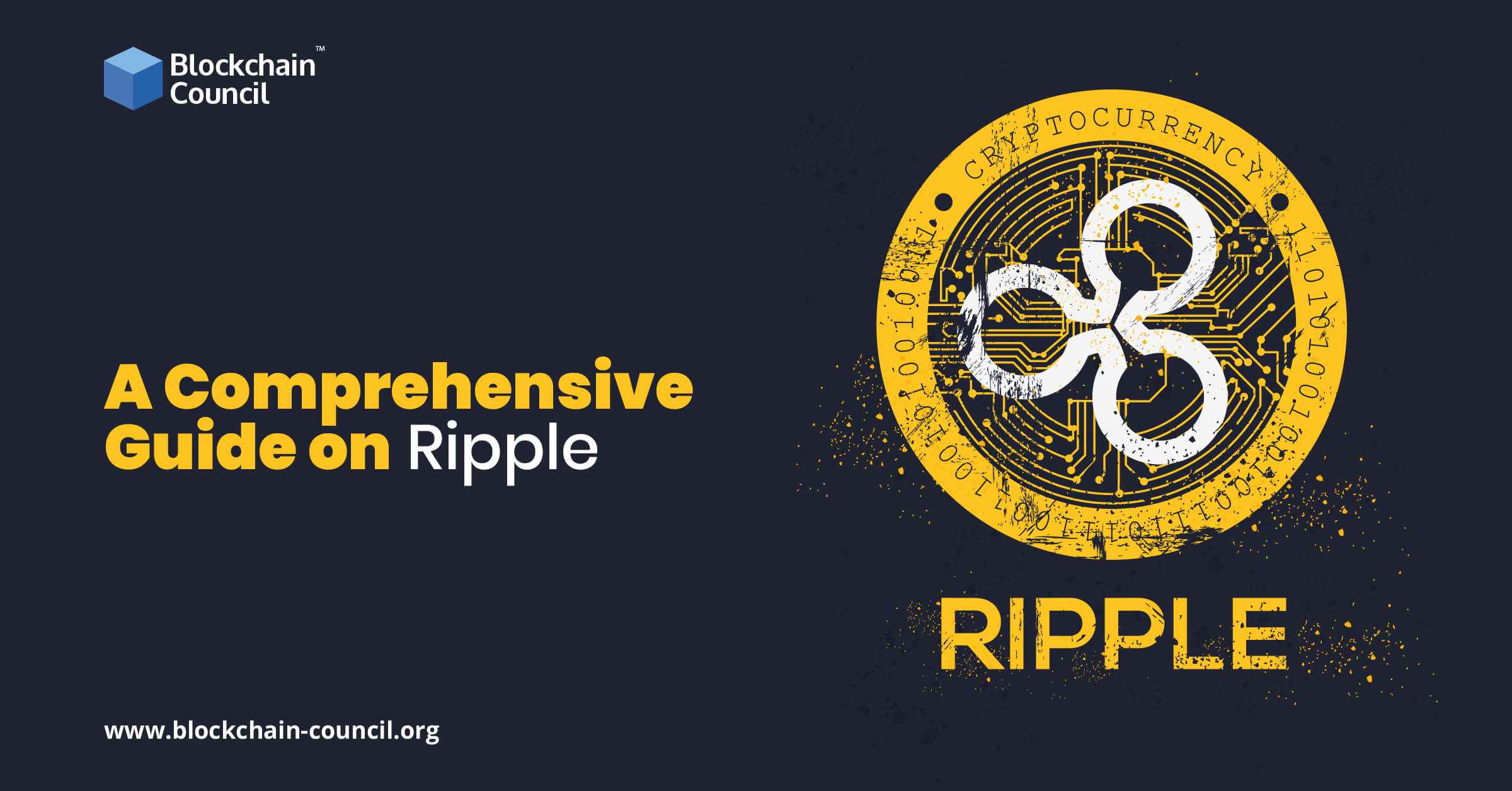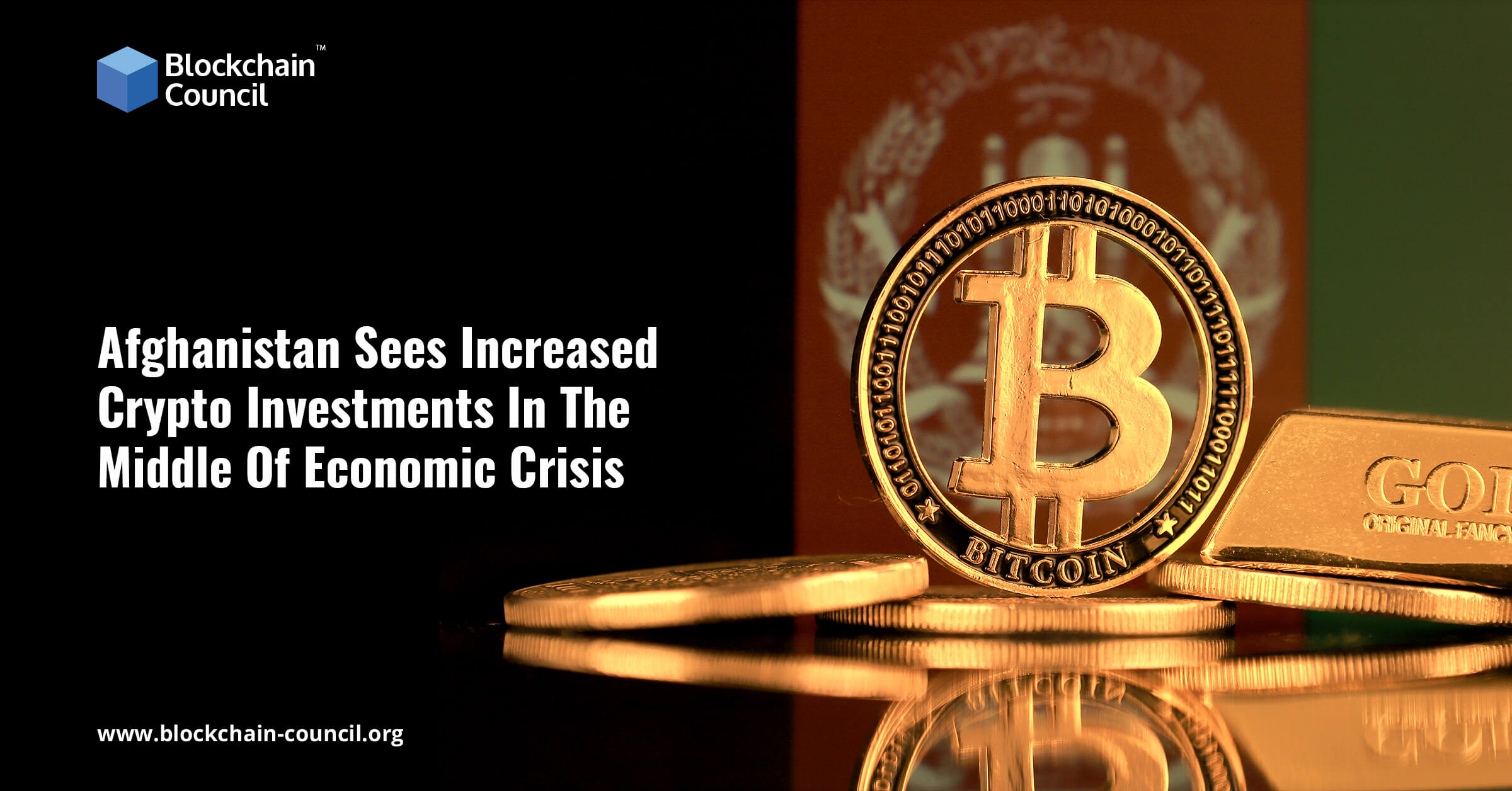
- Ayushi Abrol
- February 23, 2022
As new DeFi projects set foot in the crypto business in 2021, choosing which cryptocurrency to invest in can be difficult for a new investor. As a result, you may be wondering how to perceive the value of a specific cryptocurrency and what gives a cryptocurrency its worth.
Tokenomics of a cryptocurrency, on the other hand, can offer you a very clear indication of why you should contemplate dealing in it or not. If you want to know what tokenomics is, we have covered all the important aspects in this blog.
What is a token, exactly?
Crypto tokens (or simply tokens) are units of value established by blockchain-based initiatives on top of an existing blockchain platform in tokenomics. Crypto tokens, like bitcoin, may be exchanged and have a predetermined value, but they are a separate kind of digital asset.
To learn more about tokenomics, you must first understand the various sorts of tokens. Tokens are of two sorts according to crypto-enthusiasts:
-
Fungible tokens
Fungibility refers to an asset’s ability to be exchanged for another of the same type. As a result, fungible tokens have the same value and may be swapped for one another. Its value is consistent across countries. Gold is a good example of a fungible asset.
-
Non-Fungible Tokens
Non-fungible Tokens, or NFTs, are one-of-a-kind and have no monetary value. However, due to the tokenization of goods, including artwork, furniture, and real estate, NFTs are basically physical entities preserved digitally. NFTs have been extremely popular in recent years as a result of this new digital ownership revolution, with some auctioning for millions of dollars.
Factors Which Affect Cryptocurrency Tokens
For any novice in the cryptocurrency space, it is critical to understand the elements that might even have a minor impact on the value of a crypto coin.
-
Token distribution and allocation
The manner in which a crypto coin is distributed is one of the major variables determining its value. There are two methods for creating crypto tokens: pre-mining or a fair launch. The term “fair launch” refers to a cryptocurrency that is mined, earned, owned, and managed by the community from the beginning. It is a distributed network with no concept of private allocation. On the other hand, pre-mining creates (mines) and distributes a fraction of the coins before they are released to the public. Prospective purchasers are offered a share of the coins in an initial coin offering (ICO). This is a method of rewarding early investors, miners, and founders with newly produced currency.
As a result, if you want to guarantee that the project you’re investing in is trustworthy and ambitious, make sure it distributes its tokens to potential customers.
-
Token distribution
The availability of a token is an important parameter to consider while evaluating a cryptocurrency’s tokenomics. There are three forms of supply for crypto tokens: maximum supply, circulating supply, and overall supply. The circulating supply is the number of cryptocurrency tokens in circulation. Meanwhile, total supply is the number of tokens that are now in existence, less all tokens that have been burned. It is determined as the sum of all tokens currently in circulation and tokens that have been locked somehow. Finally, total supply should not be confused with max supply, which is the total number of tokens ever issued.
Noticing a token’s quantity can be a reliable predictor of its future. This is because developers utilize active mining to increase a coin’s circulating supply. If the circulating quantity continues to grow, investors should anticipate the token’s value to rise. On the other hand, if too many tokens are issued, the value may fall as well.
-
Token market capitalization
A cryptocurrency’s market capitalization, often known as its market cap, is a metric used to assess the coin’s popularity. It is determined by multiplying a token’s current market price by its circulating supply. Even in the long run, the market cap is a strong predictor of the token’s worth. As a result, small-cap cryptocurrencies are riskier. On the other hand, large-cap cryptocurrencies frequently promise superior returns and safety.
-
Token Design
Every crypto coin has a design that decides its worth in the end. Some tokens are inflationary, which is why there is no limit supply, and they may be mined endlessly. On the other hand, deflationary tokens have a token supply that is limited to the maximum supply. As a result, deflationary tokens are excellent for avoiding unsold currencies in circulation and are typically unaffected by market fluctuation. Inflationary tokens, on the other hand, do an excellent job of motivating network validators, miners, and representatives.
-
Price Invariance
Tokenomics also emphasizes the need to research the consequences of price stability. Cryptocurrencies are notorious for their volatility, which may not always work in the investor’s favor. Fluctuations can frequently lead to diminishing investor interest. Furthermore, oscillations might lead to network restrictions.
Investors should be certain that the enterprise is taking all necessary precautions to avoid such instability. For example, the problem might be solved by making sure there are far too many tokens to meet supply levels. This would help to stabilize the price, allowing investors to utilize the tokens for their original purpose. Tokenomics may also assist developers in price stabilization by establishing equilibrium.
The Total Bitcoin Supply
There will only be 21 million Bitcoin generated in total. The whole Bitcoin supply will be reached around 2140. Until then, the number of new coins created by mining will be decreased by half every four years. This is known as the Bitcoin halving, and it was intended to create scarcity, putting upward pressure on prices.
While the entire Bitcoin supply of 21 million may appear to be a significant amount, it is a very small figure compared to the 8 billion or more people on the planet. Unfortunately, this disparity has led many individuals to equate Bitcoin to gold and see it as “hard” money.
The issuing procedure and timeline of Bitcoin, being the first crypto to be established, has paved the road for others. Zcash, Bitcoin SV, and Bitcoin Cash, for example, all have a hard maximum of 21 million coins. Others, like Litecoin, use the same foundation but have a higher total number of coins.
Unlimited supply Cryptos
However, other coins have a totally varied timetable. Dogecoin and Grin, for example, have the same issuance for every new block created in eternity, meaning that their token supply is almost endless.
Dogecoin has a circulating supply of 132.67 billion at the time of writing, with no specified maximum limit. As a result, it has an inflationary supply, contrary to Bitcoin’s deflationary supply. In addition, Dogecoin supporters, including high-profile millionaires, say that its tokenomics makes it a practical currency.
Grin’s creators expect that this feature will make it simpler to maintain a constant price and, as a result, make it a more usable currency. However, it will take years to find out whether or not this happens.
Between these two extremes, there is a slew of coins and tokens, many of which run on Ethereum, that have a maximum issue limit, but it is rather high. Tron, for example, has a supply cap of more than 100 billion coins.
In some cases, the number of coins or tokens will decrease. Some projects have set rules that require a certain quantity of coins to be transferred (i.e., burning the coins) into an unrecoverable wallet at regular periods. Burning is often associated with operational expenses; therefore, the more an asset is utilized, the faster its tokens are burnt.
Importance of Tokenomics for Investors
Value investing icon Seth Klarman emphasizes in his classic investment book, Margin of Safety, that the future of market prices depends only on demand and supply. If we believe it to be true and that it applies to both crypto assets and the stock market, then understanding the factors that will influence supply or demand is crucial for both speculators and investors.
There are a lot of aspects to consider while looking into the crypto tokenomics scenario. The most crucial consideration is determining how to utilize digital currency. Others are:
- There is a significant chance that a developing service will need purchases and usage, contributing to a price increase. If there isn’t one, what else may the token be used for?
- How many coins or tokens are there in circulation right now?
- How many will exist in the future, and when will they appear?
- Who is the legal holder of these coins? Are any reserved for future developer releases?
- Is there any indication that a significant number of coins have been lost, destroyed, deleted, or otherwise rendered inoperable?
Tokenomics in Cryptocurrency Value Determination
Tokenomics may also be used to predict how much an asset will be worth in the future. Many cryptocurrency rookies, for example, assume that “if our coin becomes as valuable as Bitcoin, then one day…”, whereas, in reality, this may never be possible. Consider the two previously stated currencies, Bitcoin Cash and Tron. Because Bitcoin Cash has the same total quantity as Bitcoin, the idea that one may become as valuable as the other in the future has some validity – it is plausible.
However, with over 100 billion Tron in circulation, in order for one token to be worth thousands of dollars, Tron would have to become the most valuable corporation in history, which seems unlikely.
While these questions may appear to need difficult answers, they will provide a different perspective on crypto assets and help determine whether one asset is more likely to have a promising future than another.
If you are in oblivion regarding the blockchain spectrum, then you can clear your confusion by learning blockchain. In fact, the constant upgrades in the field of blockchain technology and DeFi sector, has increased the demand for blockchain certification courses and professionals.
Apart from keeping you up to date with the latest technology, Blockchain council also offers the relevant courses you can enrol into.





































































 Guides
Guides News
News Blockchain
Blockchain Cryptocurrency
& Digital Assets
Cryptocurrency
& Digital Assets Web3
Web3 Metaverse & NFTs
Metaverse & NFTs
